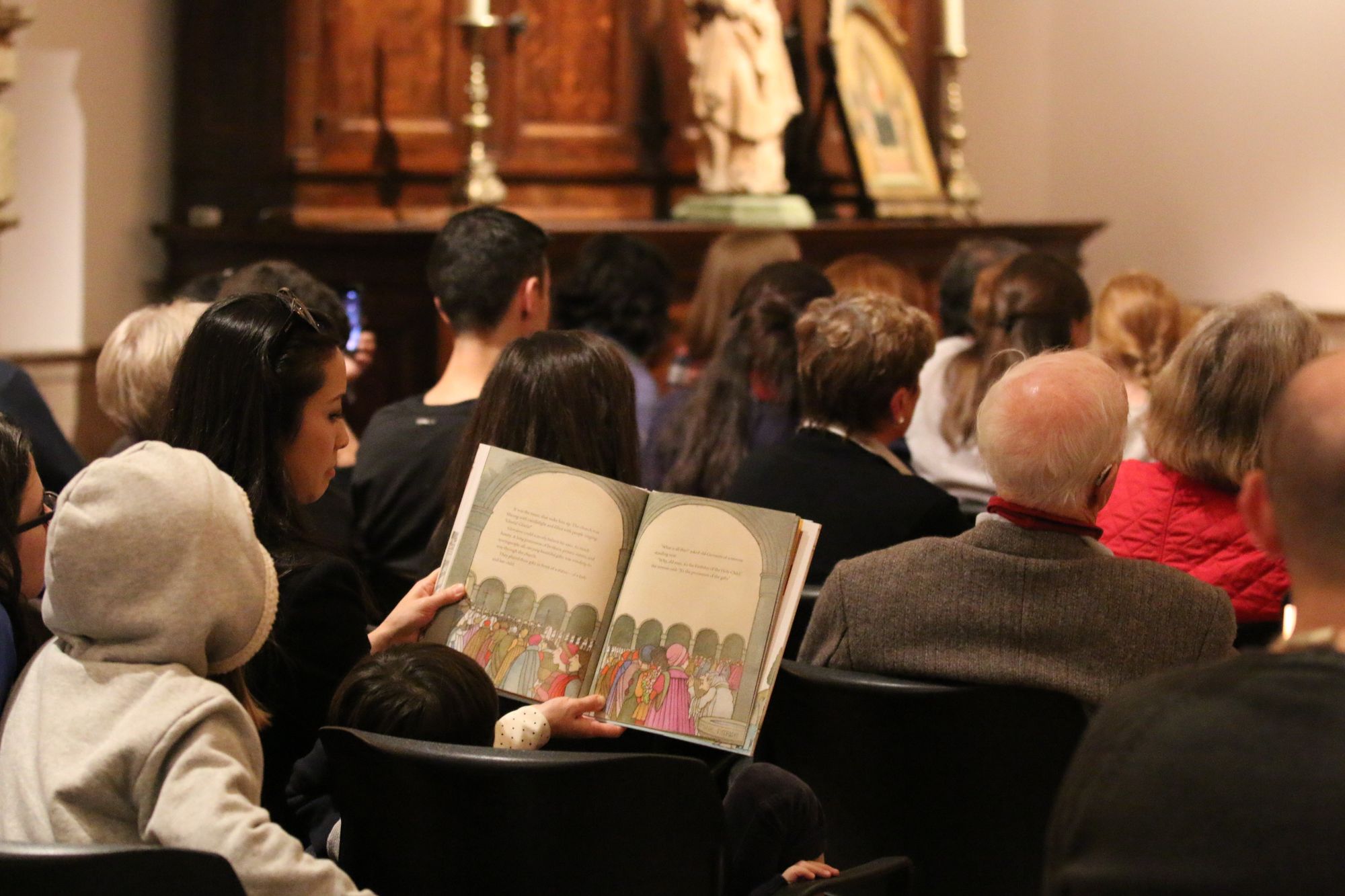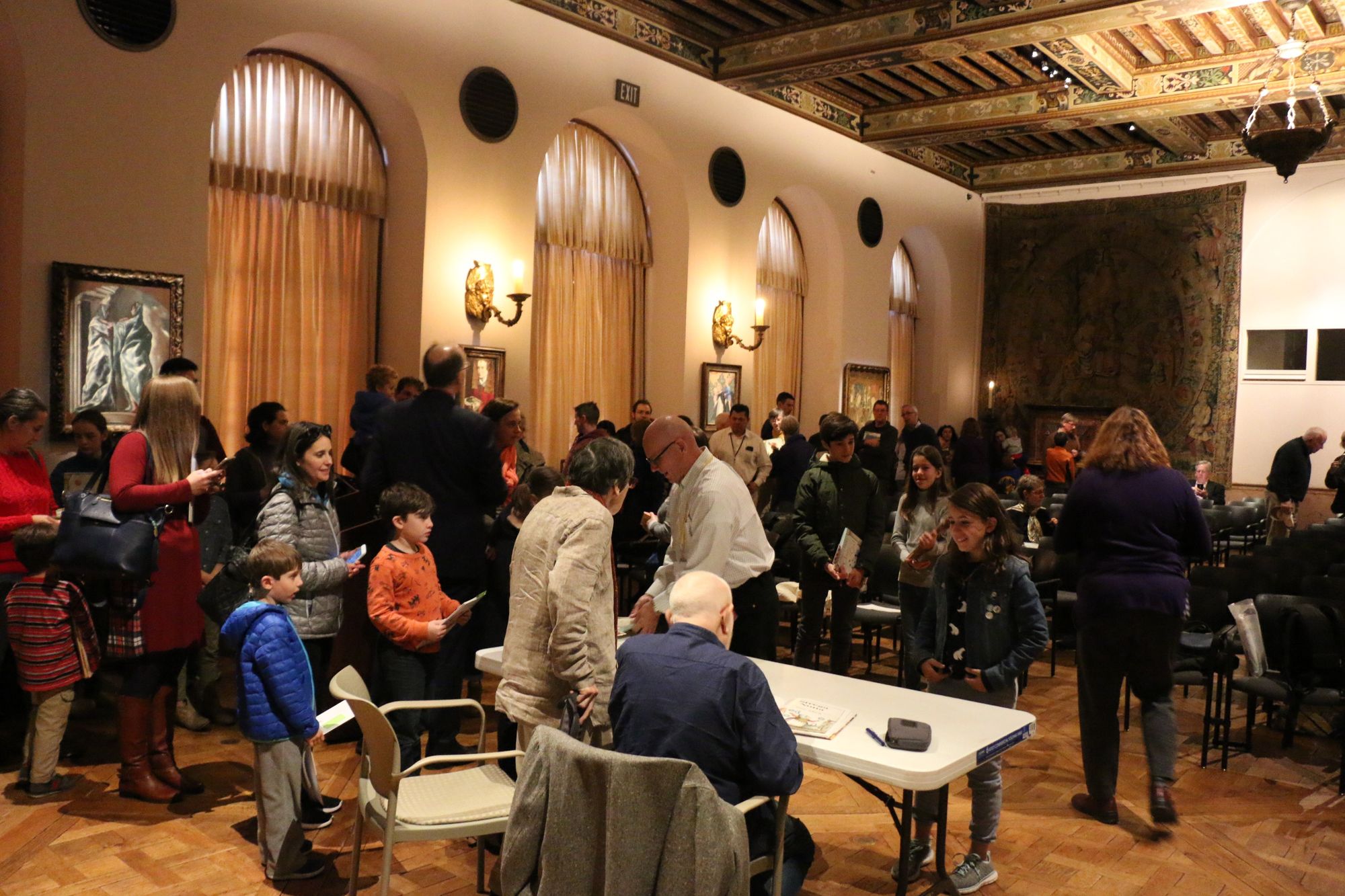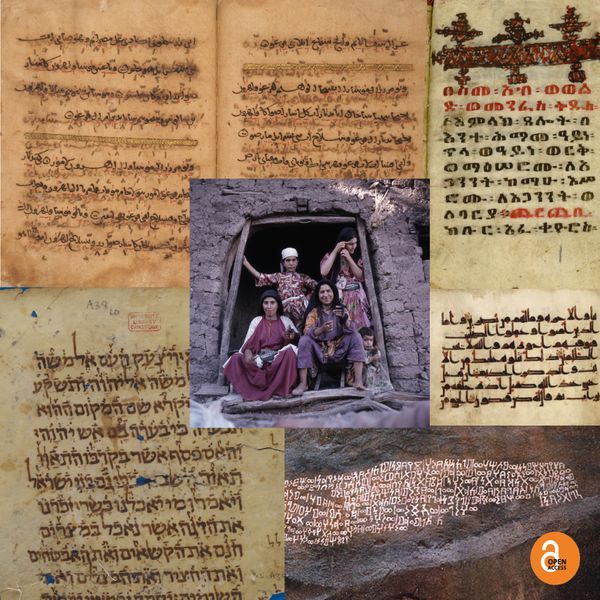The Death of Tomie dePaola and the Juggler of Notre Dame
By Jan M. Ziolkowski
On March 30, 2020 the American author and illustrator Tomie dePaola passed away at the age of 85 in New Hampshire. After a bad spill in the barn that served as his studio, he suffered complications that led soon to death. Losing him in these dark days of pandemic brought back two consolingly bright memories, both connected with a legend that seized both of our imaginations.
First, roll the clock back a year and a half. On November 10, 2019, Tomie did me the honor of appearing at Dumbarton Oaks, the outpost of Harvard University that I head in Washington, DC. The occasion was a show in our museum called “Juggling the Middle Ages,” which examined a medieval miracle tale about an entertainer who performed for the Virgin Mary.
Like a late-career sports star who digs deep and summons up his best for one last championship win, Tomie stood up and delivered a rousing reading that held the audience rapt.

The text was his 1978 The Clown of God, which after the ten award-winning Strega Nona volumes may be his most beloved children’s book. It recounts, in distinctively dePaola-ized fashion, a version of the story that motivated the exhibition. Afterward he participated in a Q&A session. Finally he devoted more than an hour to exchanging pleasantries with admirers as he personalized their copies of his book.
The event took place in the Music Room, a splendidly formal setting better known for formal academic lectures and chamber music concerts. Since being built in the 1920s, the space never accommodated as many children as on this occasion. As Tomie read, they sat in their seats—no fidgeting to be seen.

Later they formed a neat queue that coiled around the hall. Time rolled by, but the line gave no sign of shortening. For every happy person who walked off with a dedication, another wanting a signature appeared at the back with a fresh copy from the gift shop. With a stamina that left me (a quarter century his junior) marveling, Tomie, rockstar of the booksigning, responded generously and kindly to all his fans, both young and not so young.

The juggler of Notre Dame, as the narrative has often been called, has attracted a wide range of artists and scholars, from the anonymous French poet of the early thirteenth century who left us the earliest version through the short-story writer Anatole France and the opera composer Jules Massenet down through a troop of distinguished children’s book authors.
At the outset I mentioned two memories. My second dates to a half decade earlier. In January of 2014, Tomie dePaola did me the great favor of granting a telephone interview in which he walked me through the backstory to The Clown of God in his own biography. Tomie, thank heaven, was not a scholar intent on tracking down every last reference to the story. But like many notable artists he possessed both an exhaustive grasp of his own lived experiences and a passion for exploring the contexts of themes that inspired him. He encountered our tale first as a child during the golden age of radio in the 1940s, when it was often dramatized on air. As a young student at the Pratt Institute in New York in the 1950s he came across Blechman’s masterpiece, which encouraged him to choreograph his own dance piece with music. Although the appearance of Barbara Cooney’s The Little Juggler in 1961 blocked him from publishing his own take on the story in the late 1960s and early 1970s, he went ahead after a while with his own distinctive adaptation in 1978.
One appeal of Tomie’s The Clown of God is that the protagonist is a small orphan boy with whom young listeners can identify. Yet nearly half of the book depicts the performer as an old man who loses his ability to juggle and must retire. In the closing episode, the clown achieves a final outpouring of his talent that prompts a wondrous response. After he drops dead, the Madonna and Child come to life. The story told here portrays two miracles, the human one of the juggler’s last hurrah and the divine one of the animated statue. Tomie dePaola has died, but his art juggles on—as does the story that spurred him.
The Juggler of Notre Dame and the Medievalizing of Modernity. Volume 5: Tumbling into the Twentieth Century (2018) by Jan M. Ziolkowski is freely available to read and download. The other five volumes are likewise freely available.



